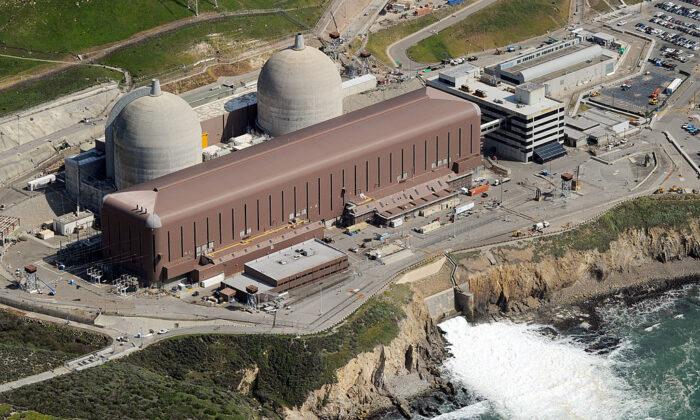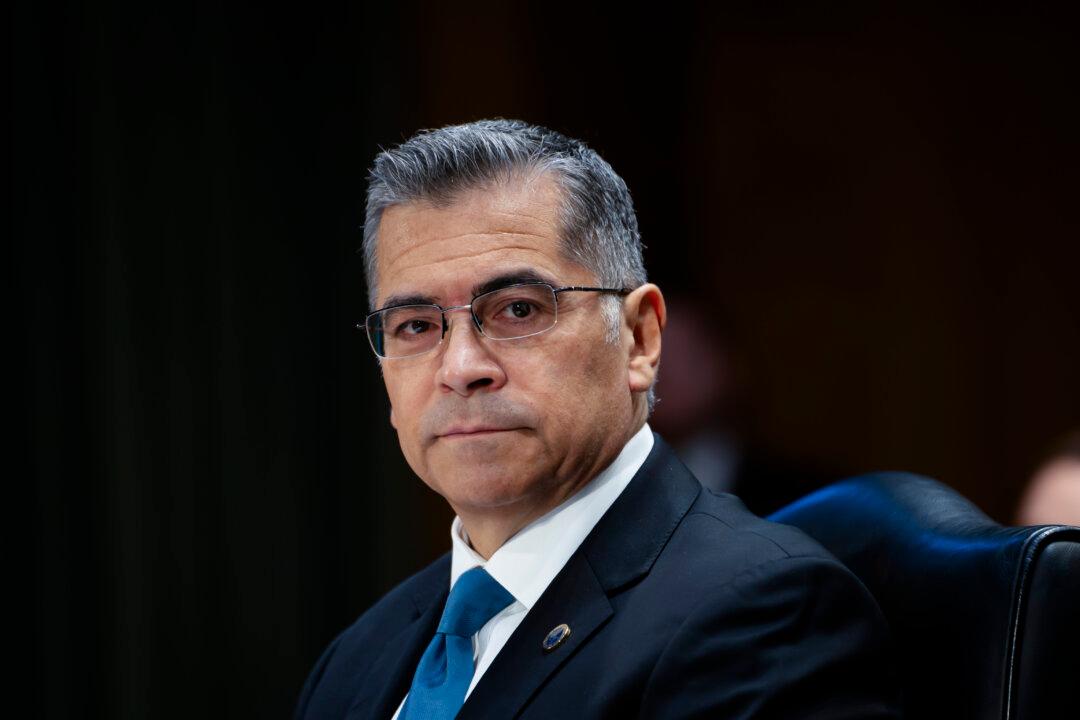Federal regulators granted an exemption March 2 to allow California’s last nuclear power plant to continue operating as the state grapples with green energy shortages.
Pacific Gas & Electric, operator of the San Luis Obispo plant, asked the Nuclear Regulatory Commission for a temporary extension last year.
“After evaluating the company’s exemption request, the [Nuclear Regulatory Commission] staff determined that the exemption is authorized by law, will not present undue risk to the public health and safety, and is consistent with the common defense and security,” the commission wrote in a release Thursday.
Regulators determined Diablo Canyon’s continued operation is in the public interest because of serious challenges to the reliability of California’s electricity grid, the commission said in the release.

By the end of the year, PG&E expects to submit another application to continue operations after 2025. Federal regulatory reviews typically last 22 months, according to the Nuclear Regulatory Commission.
If granted, the license renewal would authorize continued operation for up to 20 years, PG&E said.
“We are pleased the NRC approved our exemption request. Aligned with Senate Bill 846, PG&E will continue on the path to extend our operations beyond 2025 to improve statewide electric system reliability and reduce greenhouse gas emissions as additional renewable energy and carbon-free resources come online,” PG&E’s senior vice president Paula Gerfen said in a release.
Diablo Canyon’s two remaining reactors produce about 9 percent of the state’s electricity, according to the California Energy Commission. One reactor is licensed to operate until November 2024, and the second is until August 2025.

PG&E asked the state in 2018 to close the plant. However, in the past two years, California’s extreme summer temperatures and wildfires have strained the state’s power grid and caused rolling blackouts and government pleas to conserve energy.
Fearing more electricity shortages after green-energy infrastructure fell short, state lawmakers approved a plan last year to temporarily prolong nuclear power operations at Diablo Canyon possibly until 2030. They also agreed to spend $1.4 billion to keep the plant running.
“California is experiencing a substantial shift in conditions affecting the electric grid, which is transitioning to the state’s clean energy future, while confronting the impacts of climate change,” Gov. Gavin Newsom wrote in an analysis of the Diablo Canyon Power Plant extension this month. “This shift in conditions is creating challenges for its residents, especially those in disadvantaged communities and low-income communities.”





